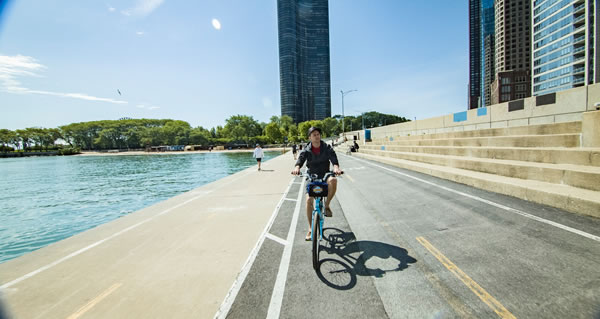Tootin’ a horn for Chicago
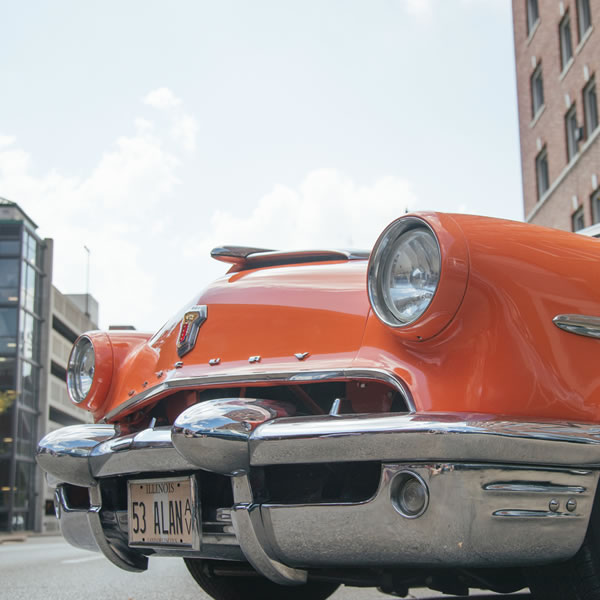
By Noah Patton
Chicago, the ‘Windy City’, is the third most populated city in the United States. It boasts a plethora of tourist attractions and includes a bustling arts, food and music culture.
While Chicago is widely known as the “Windy City”, it is not the windiest city in the United States and some say that it’s nickname comes from a rivalry with Cincinnati where Chicago locals where known as ‘braggers’ and therefore ‘full of wind’. Either way, the name has stuck and it’s position on the shores of Lake Michigan do mean that cool summer breezes are whistling down the streets in summer.
The History of Chicago
Chicago, located in Illinois, was central to America’s early economic success. Early Yankee entrepreneurs recognized the potential of Chicago for transportation and trade. Canals were opened using the natural water of the Great Lakes to enable trade between Illinois and Mississippi. This also provided access to the Gulf of Mexico, where south-eastern coastal states could be easily accessed as well as providing direct access to coasts of Mexico. Chicago was the most connected area of America by railroad, with 30 lines entering the city. All eastern railroad lines ended in Chicago, and all western railroad lines began in Chicago. This meant any east to west trade through America would pass through Chicago. This also provided a natural location for industrial and retail growth. It was a location that provided trade routes across America.
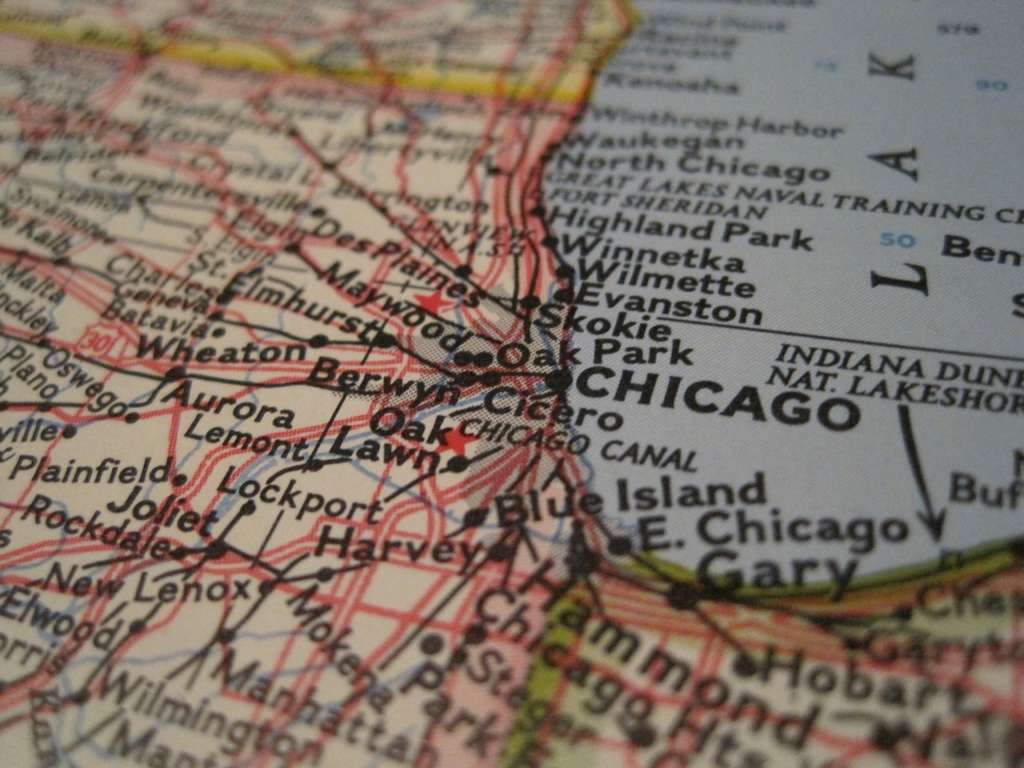
Because of this central transport location, Chicago played a key part in slaves escaping slavery in the South. Most of the slaves attempting to travel to the North and their freedom would have to pass through Illinois and therefore Chicago. Illinois at this point was not a safe place for slaves – it denied African Americans most freedoms Americans enjoy. It still enforced the Fugitive Slave Act, which enabled slave hunters to catch escaped slaves and return them to their owners for rewards. Slaves had to travel discretely, moving through the “Underground Railroad”. It was a network of safe houses owned by sympathetic abolitionists where slaves could hide. They would move on foot between these safe houses under the cover of darkness until eventually they left Illinois and moved into other safer northern states. (Griffin, 2018 https://www.dailyherald.com/news/20180203/where-slaves-hid-while-traveling-on-underground-railroad-in-suburbs)
Tourist Attractions
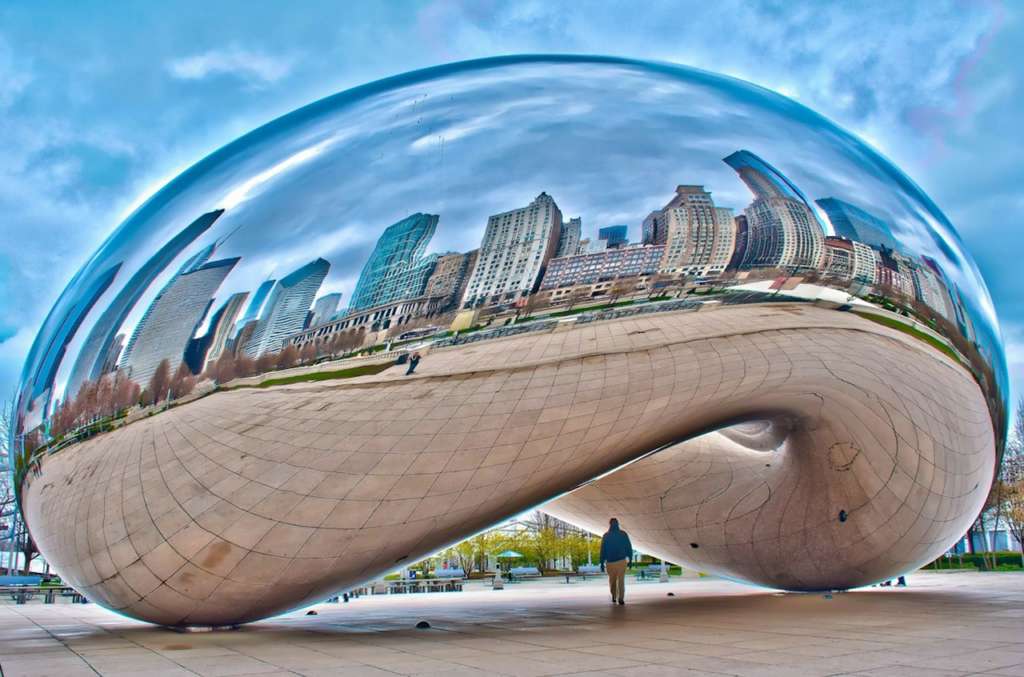
If you enjoy museums, Chicago provides many interesting locations. The Art Institute of Chicago is one of the most popular (listed as 4th greatest museum in the world on TripAdvisor), offering thousands of diverse artworks. It boasts some of Monet, Renoir and Seurat’s famous pieces. The exhibitions will change every few months – currently they have an Andy Warhol exhibit (2019) and later in 2020 they will have a Monet exhibit.
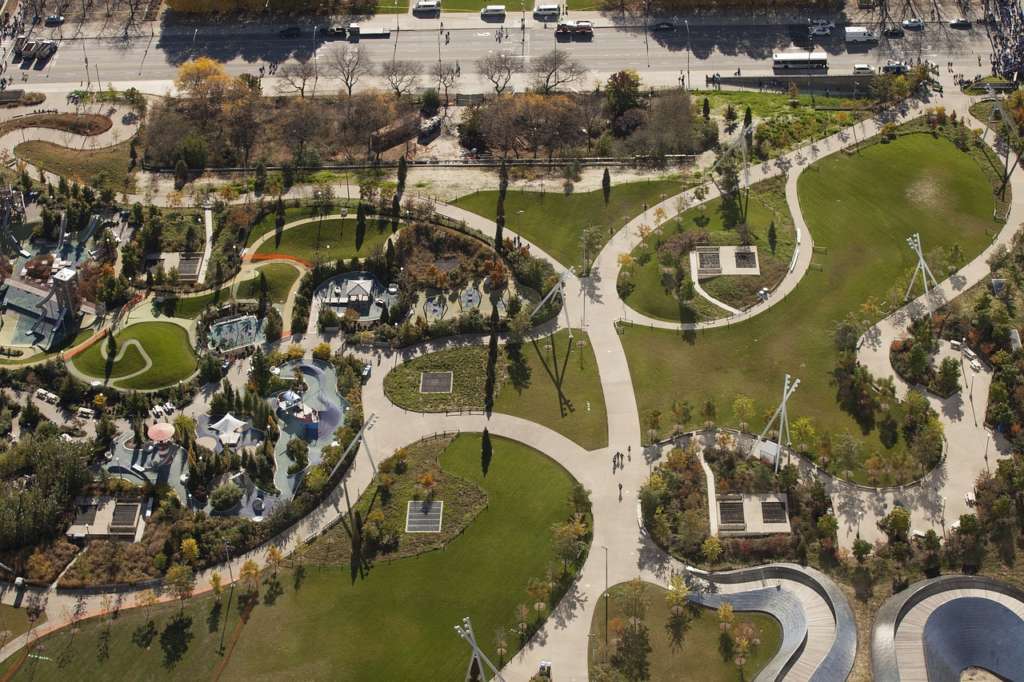
The Art Institute of Chicago is located inside Grant Park, an admirable destination on its own. It hosts the Buckingham Fountain, one of the largest fountains in the world. Automatically each hour it will perform a dizzying water display – at night this is complimented by a light show. Grant Park also contains the smaller Millennium Park. Millennium Park is famous for its enormous 110-tonne stainless steel sculpture, Cloud Gate. Some other great areas include Crown Fountain, Lurie Garden and the McCormick Tribune Plaza & Ice Rink.
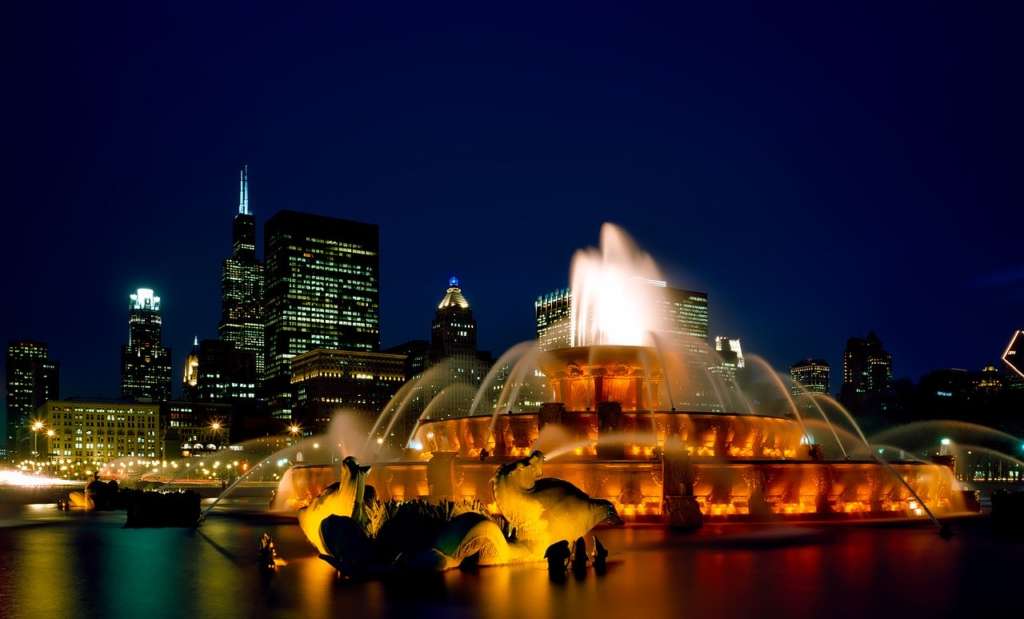
A more interactive experience is available at the Museum of Science and Industry in Jackson Park. It has interactive exhibits that change every year, currently they are running the “Science Storms” exhibit (2019) which showcases the effects of natural disasters. On the industrial side they showcase the technology behind trains, airplanes and mine shafts.
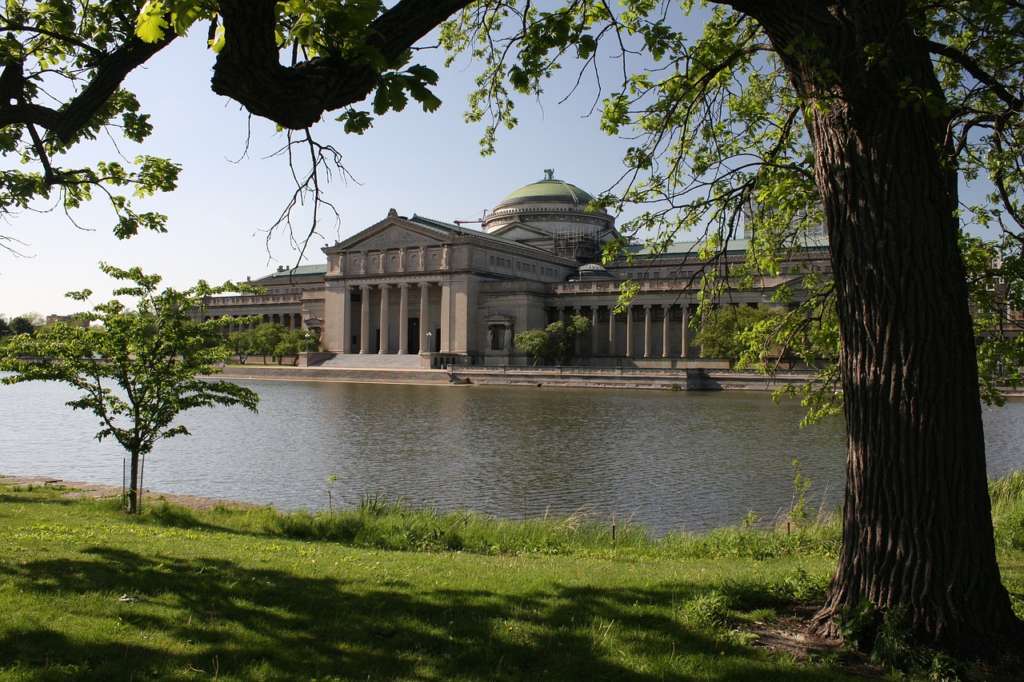
If you prefer the water, Navy Pier is a 3300 foot-long pier besides Lake Michigan. During summer they have bi-weekly firework displays. Navy Pier has many attractions including: restaurants, rides, cruises, tours, plays, movies, pubs, gardens, parks and more.
